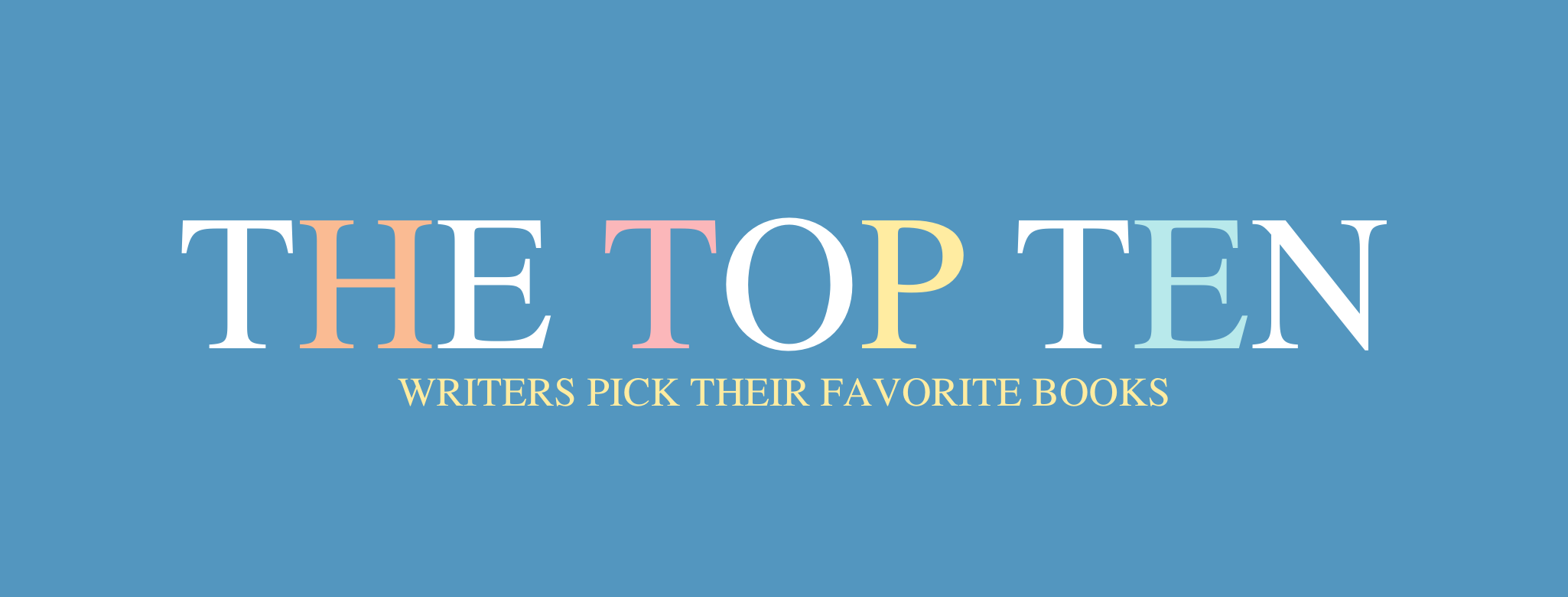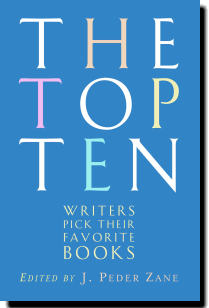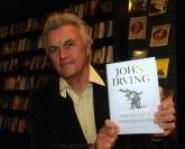Tom Wolfe, RIP
We have lost a giant – one of the very best reporters and writers in American history.
The Wall Street Journal reports that Tom Wolfe, the best-selling alchemist of fiction and nonfiction who wrote “The Bonfire of the Vanities,” “The Right Stuff” and countless other novels and works of journalism, died of pneumonia in a New York hospital yesterday. He was 88 years old.
I first met Mr. Wolfe through “The Electric Kool-Aid Acid Test.” Then I read everything else. Being in his company was pure pleasure, and inspiring. Try harder! More!! Better!!!
Years later, I wrote him out of the blue, asking if he would contribute a list of his favorite books, and maybe a short essay on one of them, to “The Top Ten.” That’s what I learned about his generosity - and exquisite pensmanship



